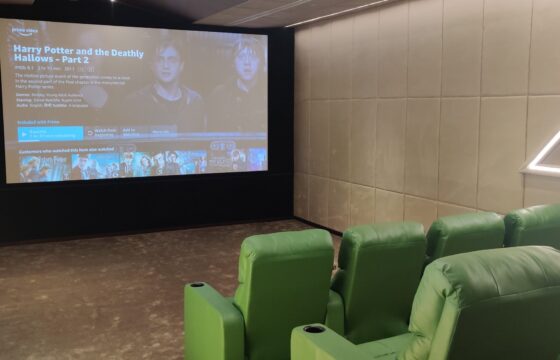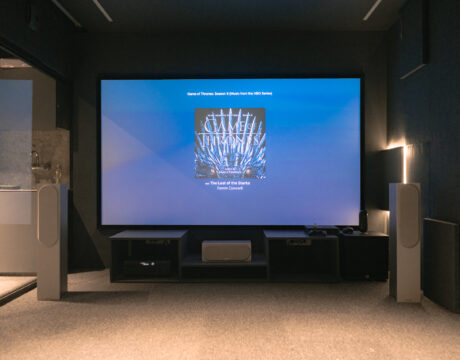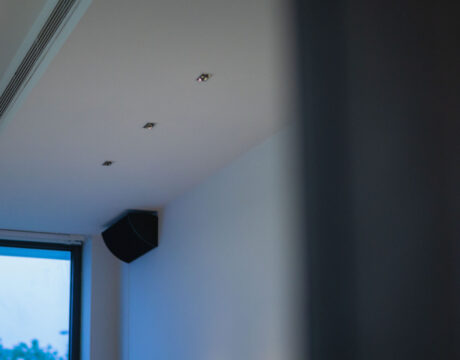Centralized Audio
Multi Room Solutions
Zoning: Centralized audio systems support zoning, allowing users to define different audio zones within the home. Each zone can be controlled independently, enabling users to play different audio content in different areas simultaneously.
Multi-Room Synchronization: Centralized audio systems facilitate synchronized playback across multiple rooms, ensuring seamless audio experiences throughout the home. This feature is particularly useful for entertaining guests or maintaining continuity while moving between rooms
Seamless Installation & Planning
- Planning and Design: Proper planning and design are crucial for the successful implementation of a centralized audio system in a home. Factors such as room layout, speaker placement, wiring routes, and equipment selection should be carefully considered to meet the homeowner’s audio preferences and lifestyle needs.
- Quality of Components: Investing in high-quality components, including speakers, amplifiers, and wiring, ensures better audio performance, reliability, and longevity of the centralized audio system.
- Scalability: The system should be designed with scalability in mind, allowing for future expansion or upgrades as the homeowner’s audio needs evolve.
- Professional Installation: While DIY installation is possible for some homeowners, professional installation by experienced audio technicians ensures optimal performance, proper integration, and adherence to best practices.
Features & Functionality
Zoning: Centralized audio systems support zoning, allowing users to define different audio zones within the home. Each zone can be controlled independently, enabling users to play different audio content in different areas simultaneously.
Remote Control and Automation: Many centralized audio systems offer remote control capabilities via dedicated controllers, mobile apps, or integration with home automation platforms. This enables users to manage audio playback from anywhere in the house using their preferred devices.
Multi-Room Synchronization: Centralized audio systems facilitate synchronized playback across multiple rooms, ensuring seamless audio experiences throughout the home. This feature is particularly useful for entertaining guests or maintaining continuity while moving between rooms.
Integration with Smart Home Devices: Integration with smart home devices and platforms allows for enhanced functionality, such as voice control, scheduling, and integration with other smart home systems like lighting or security.
Comfort & Convenience
Central Control Unit: The central control unit serves as the brain of the system. It typically includes a control interface, audio inputs (such as Bluetooth, Wi-Fi, or physical connections), and processing capabilities to manage audio distribution.
Amplifiers: Amplifiers are used to boost the audio signals to levels suitable for playback through speakers. In centralized audio systems, amplifiers may be located centrally or distributed throughout the house depending on the design and requirements.
Audio Sources: These are devices that generate audio content, such as streaming services, media servers, CD players, or smartphones. The centralized audio system integrates with these sources to access and distribute audio content.
Speakers: Speakers are placed strategically in various zones or rooms of the house to deliver audio playback. They may range from in-ceiling or in-wall speakers for discreet installation to standalone bookshelf or floor-standing speakers for enhanced audio quality.
Wiring Infrastructure: Proper wiring infrastructure is essential for centralized audio systems. It includes speaker wires, data cables (for networking and control), and power connections. Wiring must be carefully planned to ensure optimal audio quality and system reliability.






